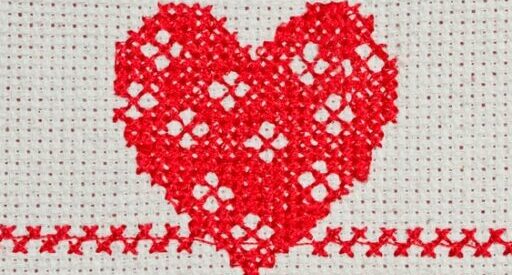Essential Sewing Tips: Boost Your Skills with Expert Advice
As a sewing expert with over three decades of experience, I am excited to share tips to improve your sewing projects. Whether you are a beginner or experienced, these sewing tips will help you achieve professional results.
From choosing the right tools to learning essential techniques, this guide covers what you need to enhance your skills. You will be able to create beautiful garments and accessories with confidence.
Table of Contents
Essential Sewing Tools You Can’t Live Without
Having the right tools is important for any sewing project. High-quality tools make your work easier and ensure precision.
Here are some must-have sewing tools for every sewist:
- Sewing Machine: A reliable sewing machine is the foundation of any sewing project. Choose one with multiple stitch options and adjustable settings.
- Scissors: Use sharp, high-quality fabric scissors for clean cuts. Keep a pair of small embroidery scissors for detailed work.
- Measuring Tools: A tape measure, seam gauge, and clear ruler help you take accurate measurements and adjust patterns.
- Pins and Needles: Have a variety of pins and needles, including hand-sewing needles, machine needles, and specialty needles for different fabrics.
- Iron and Ironing Board: Pressing fabric and seams is important for a polished look. A good iron and sturdy ironing board are essential.
Additional Tools for Advanced Sewists
If you want to expand your toolkit, consider these advanced tools:
- Rotary Cutter and Cutting Mat: These tools help you cut straight lines and curves accurately.
- Serger: A serger machine finishes seams and trims fabric at the same time for a professional appearance.
- Tailor’s Ham: Use this for pressing curved seams and darts.
Mastering Basic Sewing Techniques
Before starting complex projects, it’s important to learn basic sewing techniques. These skills help ensure your projects are sturdy and well-made.
Threading the Sewing Machine
Threading your sewing machine correctly is the first step in sewing. Follow the manufacturer’s instructions and practice until you feel comfortable.
Sewing Straight Seams
Straight seams are important in most sewing projects. Practice sewing straight lines on scrap fabric and use the guides on your machine to keep seams even.
Backstitching
Backstitching at the start and end of a seam secures your stitches. This simple step adds strength to your projects.
Advanced Sewing Techniques to Elevate Your Projects
After learning the basics, you can try advanced techniques to improve your sewing. These methods add detail and a professional touch to your work.
French Seams
French seams are great for lightweight fabrics and give a clean, finished look inside garments. This method hides raw fabric edges and prevents fraying.
Invisible Zippers
Installing an invisible zipper may seem challenging at first, but practice makes it easier. This zipper style is hidden in the seam and gives projects a neat appearance.
Buttonholes
Making buttonholes is necessary for sewing garments. Most modern machines have a buttonhole function, but practice on scrap fabric for even and well-sized buttonholes.
Choosing the Right Fabric for Your Projects
The fabric you select affects your sewing project. Knowing how different fabrics behave helps you choose the best material.
Natural Fibers
Natural fabrics like cotton, linen, wool, and silk are breathable and comfortable. They are also easier to sew and press, which is helpful for beginners.
Synthetic Fibers
Synthetic fabrics such as polyester, nylon, and spandex are durable and stretchy. They may be harder to sew because they can be slippery and prone to fraying.
Blends
Blended fabrics combine qualities of natural and synthetic fibers. For example, cotton-polyester blends are breathable, durable, and resist wrinkles.
Common Sewing Mistakes and How to Avoid Them
Even experienced sewists sometimes make mistakes. Knowing about common problems can help you prevent them.
Skipping the Pressing Step
Pressing fabric and seams is important for a neat finish. Skipping this step can lead to uneven seams and a less professional look.
Using the Wrong Needle
Choosing the right needle for your fabric prevents skipped stitches and damage. Check your machine’s manual for guidance.
Not Testing Stitches
Always test stitches on a scrap piece of the same fabric before sewing your main project. This lets you adjust settings for the best results.
Conclusion
Sewing is a creative hobby that lets you express your personal style. You can make custom garments and accessories.
Invest in high-quality tools and learn essential techniques. This will help you achieve professional results.
For more sewing tips, check out this article for extra insights and inspiration.


